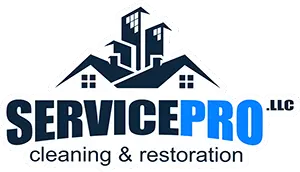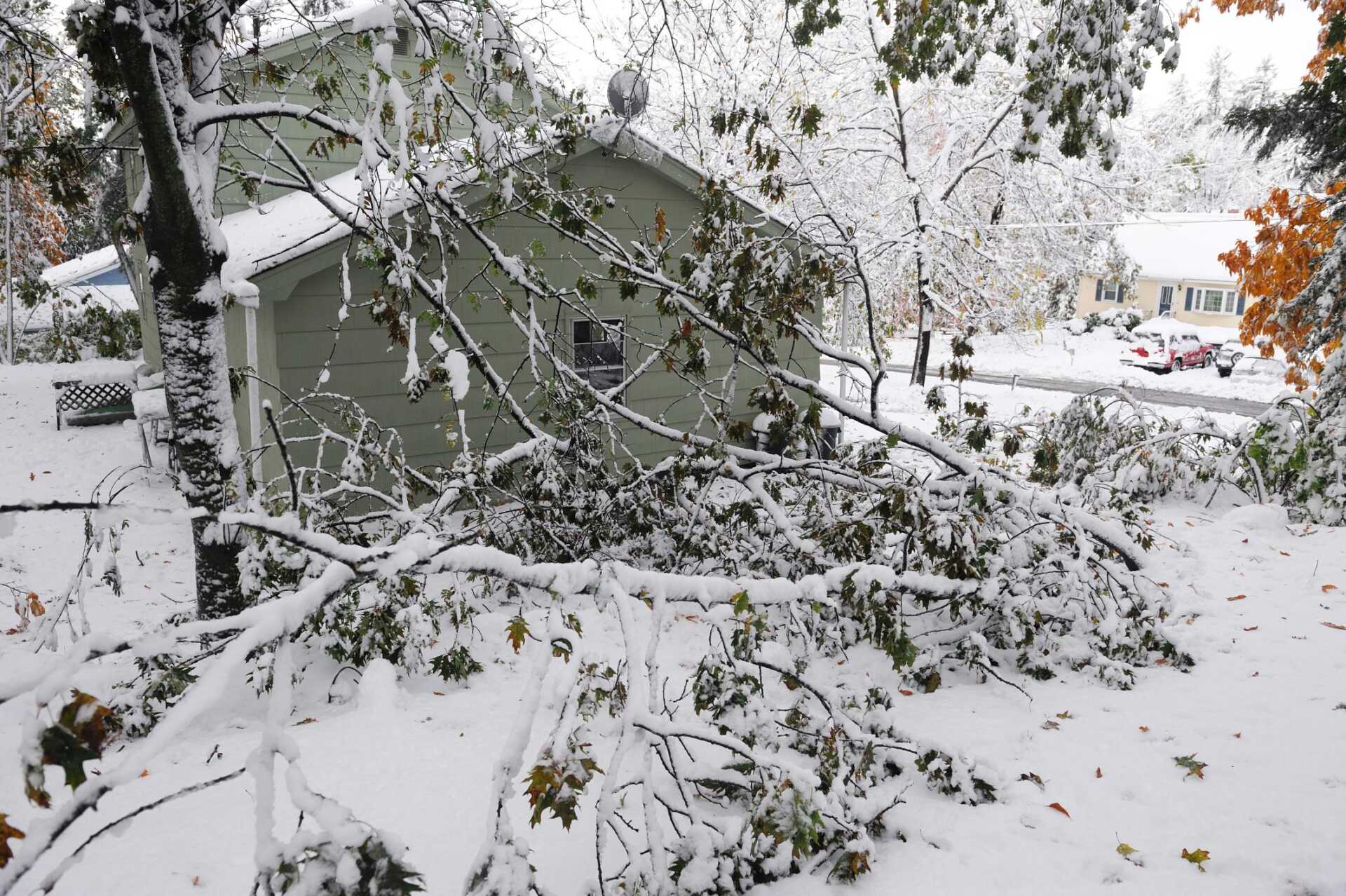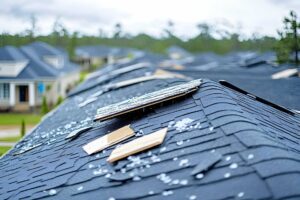When facing storm damage, it’s essential to assess the extent of the destruction accurately. This step helps you prioritize repairs and guides your budget effectively. By documenting visible and hidden issues, you can identify which repairs you can tackle yourself and which require professional help. Understanding these dynamics opens the door to various cost-effective solutions. What strategies can you implement to ensure your home is repaired without breaking the bank?
Key Takeaways
- Assess visible and hidden storm damage thoroughly to avoid overlooking costly repairs later on.
- Utilize DIY techniques for simple repairs to save on labor costs while ensuring safety.
- Choose affordable, durable materials like fiber-cement siding and reclaimed wood to minimize future maintenance needs.
- Research local contractors for competitive pricing and verify their reputation through reviews and references.
- Engage with community resources and workshops for support and shared knowledge on effective repair strategies.
Assessing the Extent of Storm Damage
When a storm hits, evaluating the extent of damage quickly is vital for effective repairs. Begin by reviewing the storm’s impact on your property. Look for visible signs like missing shingles, cracked windows, or downed branches. Document each issue thoroughly with photos and notes to facilitate your damage review.
Next, check for less obvious problems, such as water leaks or structural shifts that may not be immediately apparent. It’s essential to inspect both the interior and exterior of your home, as hidden damage can worsen over time.
By prioritizing areas most affected, you can allocate resources efficiently.
Lastly, consider enlisting the help of professionals if the damage is extensive. They can provide a thorough evaluation and help you understand repair costs, ensuring you’re not overwhelmed.
Taking these steps fosters a sense of community, as you’ll be better equipped to tackle repairs and support your neighbors facing similar challenges.
DIY Repair Techniques for Minor Damage
Before you start any DIY repairs, it’s essential to assess the damage accurately to determine what tools and materials you’ll need.
Knowing the basic repair tools can streamline your process and save you time.
Once you have everything ready, following a step-by-step guide will help ensure your repairs are effective and lasting.
Assessing Damage First
Evaluating storm damage effectively is essential for determining the best repair approach, especially for minor issues.
Before diving into repairs, conduct a thorough damage evaluation and risk assessment. Here’s how to get started:
Inspect the exterior: Look for missing shingles, cracked siding, or dents in gutters. This helps you identify visible damage.
Check for leaks: Examine your ceilings and walls for water stains or dampness, indicating possible internal damage.
Assess structural integrity: Confirm there are no cracks in the foundation or walls, which could indicate severe underlying issues.
Basic Repair Tools Needed
Having the right tools at your disposal can make all the difference when tackling minor storm damage repairs. To effectively manage your DIY projects, you’ll need some basic repair tools and essential repair supplies. Here’s a quick reference to get you started:
| Tool | Purpose |
|---|---|
| Hammer | For driving nails |
| Screwdriver | For fastening screws |
| Utility Knife | For cutting materials |
| Tape Measure | For precise measurements |
| Safety Goggles | For protection during repairs |
With these tools, you’ll be well-equipped to handle minor repairs. Always prioritize safety and take your time to ensure the job is done right. Being prepared fosters a sense of community and accomplishment in your repair efforts.
Step-by-Step Repair Guide
With your basic repair tools in hand, you’re ready to tackle minor storm damage effectively.
Follow this step-by-step guide to ensure you stay within your repair timelines and budget-friendly cost estimates:
Assess the Damage: Inspect your property for visible issues, noting areas needing immediate attention.
Gather Materials: Pick up the necessary supplies, like patching compounds, plywood, or roofing tar, based on your assessment.
Make Repairs: Address each issue one at a time, ensuring thoroughness.
For instance, patch holes in walls or secure loose shingles.
Choosing Affordable Materials for Repairs
When you’re faced with storm damage, choosing affordable materials for repairs can greatly impact both your budget and the longevity of the repair work.
Start by exploring sustainable materials that reduce your environmental footprint and often come at a lower cost. Look for options such as reclaimed wood or recycled metal, which can provide durability without breaking the bank.
Additionally, consider budget-friendly options like fiber-cement siding or vinyl windows, which offer resilience against future storms.
It’s important to balance cost with quality; investing in slightly more expensive materials can save you money in the long run by reducing maintenance and replacement needs.
Lastly, don’t overlook local suppliers who might offer competitive pricing on bulk materials.
Finding Reliable Local Contractors
Finding a reliable local contractor is just as important as selecting the right materials for your storm damage repairs. A trustworthy contractor can make all the difference in ensuring your project runs smoothly and stays within budget.
To aid in your contractor vetting process, consider these steps:
Check Local Reviews: Look for testimonials and ratings on platforms like Google or Yelp. This gives you insight into their reputation within your community.
Ask for References: Don’t hesitate to request previous clients’ contact information. Speaking with them can provide clarity on the contractor’s work quality and reliability.
Verify Credentials: Confirm the contractor has the necessary licenses and insurance. This protects you from potential liabilities during repairs.
Insurance Options for Storm Damage Claims
Understanding your insurance options for storm damage claims is essential, especially since policies can vary greatly. Knowing your policy coverage can help you navigate the claim process effectively, ensuring you receive the compensation you deserve.
Here’s a quick overview of common insurance options:
| Insurance Type | Key Features |
|---|---|
| Homeowners Insurance | Covers structural and personal property damage. |
| Flood Insurance | Specific for water damage from flooding. |
| Windstorm Insurance | Focused on damage from high winds and storms. |
When filing a claim, document the damage thoroughly and communicate with your insurer to understand your coverage limits. Engage with local contractors for estimates, as their insights can strengthen your claim. By being proactive, you can streamline the claim process and secure the funds needed for effective storm damage repairs.
Preventative Measures to Reduce Future Damage
Although storms are unpredictable, you can take proactive steps to minimize future damage to your property.
Effective storm preparedness is vital for safeguarding your home. Here are three important measures you should consider:
Inspect Your Roof: Regularly check for loose shingles or leaks. A well-maintained roof can greatly reduce water damage during storms.
Clear Gutters and Drains: Confirm that your gutters are free of debris. Proper drainage helps prevent water from pooling near your foundation, minimizing flood risks.
Strengthen Windows and Doors: Install storm shutters or impact-resistant glass. This will protect your home from flying debris and reduce the risk of break-ins during severe weather.
Community Resources for Financial Assistance
When storms wreak havoc on your property, accessing community resources for financial assistance can greatly ease the burden of repair costs. Start by researching community grants offered by local organizations dedicated to helping residents in need. Many of these groups provide financial support specifically for storm damage repairs, enabling you to tackle urgent repairs without straining your budget.
Connect with your local nonprofit organizations, as they often have the expertise to guide you through the application process for these grants. They can also help identify additional resources, such as emergency funds or low-interest loans, that might be available.
Engaging with your community connects you with financial aid and fosters a sense of belonging and unity during difficult times. Remember, you’re not alone—others have successfully navigated this path, and their experiences can offer valuable insights as you seek assistance to restore your home.
Summary
By following these cost-effective storm damage repair solutions, you can turn your weather-worn home into a resilient fortress. Picture yourself evaluating damage with a notepad in hand, DIY tools at your side, and a supportive neighbor ready to lend a hand. As you gather affordable materials and connect with reliable contractors, you’re not just mending your home; you’re building a stronger foundation for the future. With diligence and resourcefulness, you can weather any storm that comes your way.




